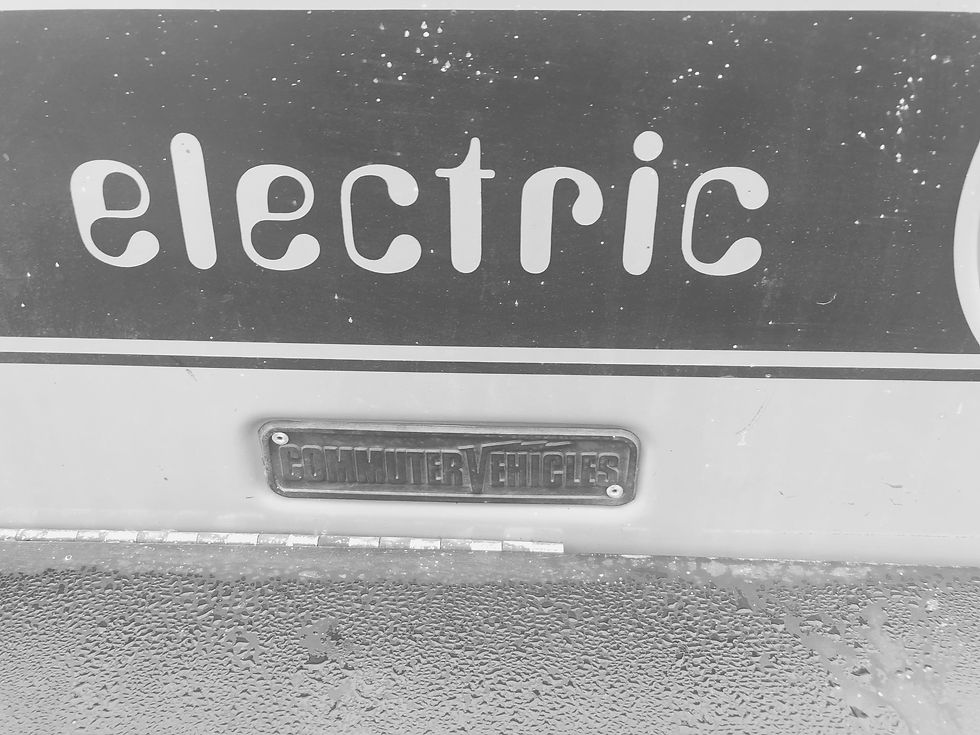
03
Project Name
This is your Project description. Provide a brief summary to help visitors understand the context and background of your work. Click on "Edit Text" or double click on the text box to start.
04
Project Name
This is your Project description. Provide a brief summary to help visitors understand the context and background of your work. Click on "Edit Text" or double click on the text box to start.




In the summer of 2021, the Museum received a calling asking if the Wabash County Museum would accept the donation of a 1980 Commuta-car. It had been stored in a barn for many years and arrived in surprisingly good condition. Powered by 8 - 6 volt batteries and charged by plugging into a standard outlet, the car switches from reverse to drive via a toggle switch. Currently, the decades-old batteries do not work.
However, Wabash High School and their Project Lead The Way Principles of Engineering class have signed onto a joint project with the Museum, to work on the restoration of the "little green car," as it has been dubbed by neighbors and guests to the Museum. With less room than a golf cart and the design of a doorstop, the Commuta-Car line is recognized as the first mass produced electric vehicle for the general public. Manufactured in the late 1970’s and into the early 1980’s by Commuter Vehicles, the Museum’s version is a second generation of the model and was the most widely sold electric vehicle in the United States until the Tesla Model S came out in 2012.
Acquired by the museum in August, Executive Director Teresa Galley immediately began brainstorming on how to get it restored. Eventually she came upon the idea of having the students in the Wabash High School Project Lead The Way Principles of Engineering course do the work. When approached with the idea, the students and teacher jumped at the prospect of bringing a piece of history they never even knew about back to life.
Currently the students are working in class on the electrical needs, components, scheduling and other items the Commuta-Car restoration will require. Actual physical work on the vehicle is slated to begin mid-October. What was originally produced as a solution to the economic and energy crisis issues of the 70’s and 80’s is today a physical lesson in not only history, but how alternative energy can survive the ages and still be impactful decades later.
Watch here for updates and pictures as the work progresses.

The Little Green Car Project
